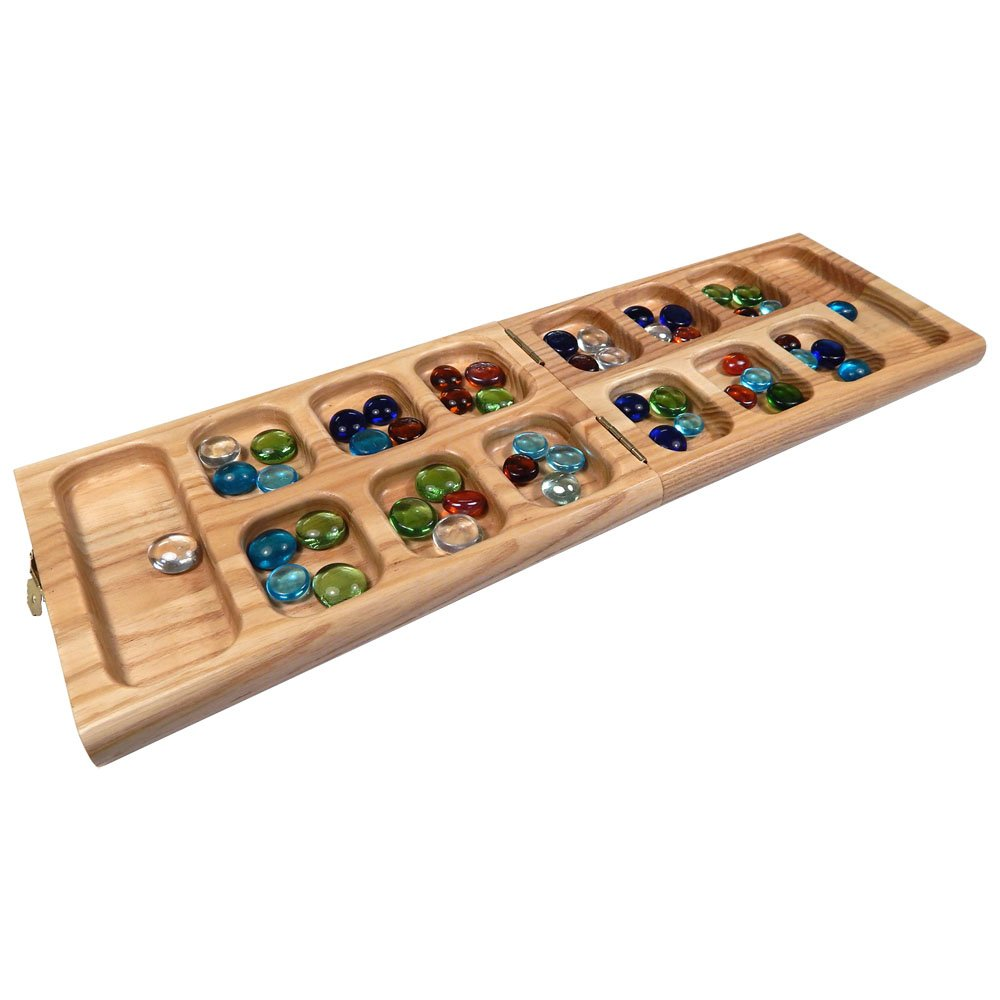
BE Amlaku
A close friend bought me Mancala as a gift. Although I had not expected the gift, I was glad when I got the gift for two major reasons. Firstly, I love board games and I was happy to get such a gift. Secondly, it is one of the oldest traditional games of the native Africans, and I got a chance to learn more about it.
Even if I knew that Mancala was one of the oldest traditional games in Ethiopia, I did not know many things about it. I did not know that it was known as Mancala in English; I only knew its Amharic name ገበጣ (gȁbȁTa:). I also did not know that the name Mancala was from Arabic: Mancala (Arabic: منقلة manqalah), according to Wikipedia.
Above all, I did not know where its origin was. It’s only after I got this gift that I did a little research about it on the Internet and learned about it. Of the lessons I got from my brief research, the information about its origin stands out for me.
Mancala, again according to Wikipedia, is the oldest known game that is still played in our time too. Archeologists found that the game was played by ancient societies in these countries: Egypt, Eritrea, Ethiopia, Israel, Jordan, and many others.
In Ethiopia, as I stated above, the game is known as ገበጣ (gȁbȁTa:) and is played by shepherds, and young people. I grew up hearing from my church preachers that the people who whipped and crucified Jesus Christ had been playing Mancala. They had taken turns to whip Jesus and to count the number of whips or floggings so carelessly while they played this game that they would start to count over again from one (I’m not sure if this is recorded in the Bible or if it is just a legendary story).
This game is not only popular in Ethiopia, it is also in the entire East Africa, extending to Madagascar. It was also discovered that Kenyans, Mozambicans, and Tanzanians played and still play it. It generally is a game of antiquities (as early as ~5,870 BC) that still gains traction in our current society, including in Europe and North America.

The image of the Mancala game.
The Mancala Enterprise
Entrepreneurship and creativity or innovation often do not go together. In other words, a product, although I’ve not researched it, doesn’t often make business for the society that created, innovated, developed, or originated it, especially in the old days. They even wouldn’t think that it could make a business.
Over time, another society takes the idea or the product and makes a lucrative business out of it. They tweak it, slightly modify or improve it, and claim themselves as the inventors, developers, or owners of the product. This is the fate of African resources and knowledge looted and transported to Europe and America just to be processed, copyrighted, and sold back to Africans.
Although my research did not go further into investigating where Mancala is produced and sold the most, I assume that the same thing has happened to it: most entrepreneurs of Mancala games might be concentrated in the US or Europe.
How To Play Mancala
As this ancient game is spread nearly in every corner of the world, the rules of playing it vary significantly. I watched multiple YouTube videos and I saw that multiple people play it in a few different ways. Yet, the most common rules among the different players are the following:
The game has two pairs of 6 cups (on a board game), or holes/pits (on the ground), and 48 stones or pebbles or beans (24 for each side or each player)
The game is played between two people, each on either side. The two players should take turns to play. The game is over when all the cups (on a board game), or holes/pits (on the ground) on one of the sides or both sides go empty. The winner is the one who has the most stones at the end of the game. For more details about the rules of playing the game, you may learn by watching YouTube videos yourself.
Conclusion
In conclusion, I thank my friend who brought me the gift. As a result of the gift, he made me discover the history of Mancala, and write this article to share it with you. So, tell me, what do you, the reader, take away from this? It should all depend on your background and interests.
If a mathematics researcher reads this article, for example, I would assume that they might ask questions like: ‘Why was this game made to have 12 holes and 48 stones? Did it have any mathematical significance? Were people using this as a calculator rather than a game?’
If a sociologist or an anthropologist reads it, they would probably like to go further into different sources of similar literature and would want to investigate if the game was used as a means of passing time, socializing, and contesting within families, or between clans or tribes.
If a regular reader like myself reads it, they would simply appreciate the history of the game as well as its current existence and might want to buy and play the game, if they are board game lovers. What about business-minded people? They might think of a stylish and attractive design for it and merchandise it!
Therefore, the takeaway from this article hugely depends on who the reader is. And, this is generally true for most writings or literature. The writer just writes with a certain intention (personal astonishment and impression, in my case) and it is up to the reader what to take away from what they read.







